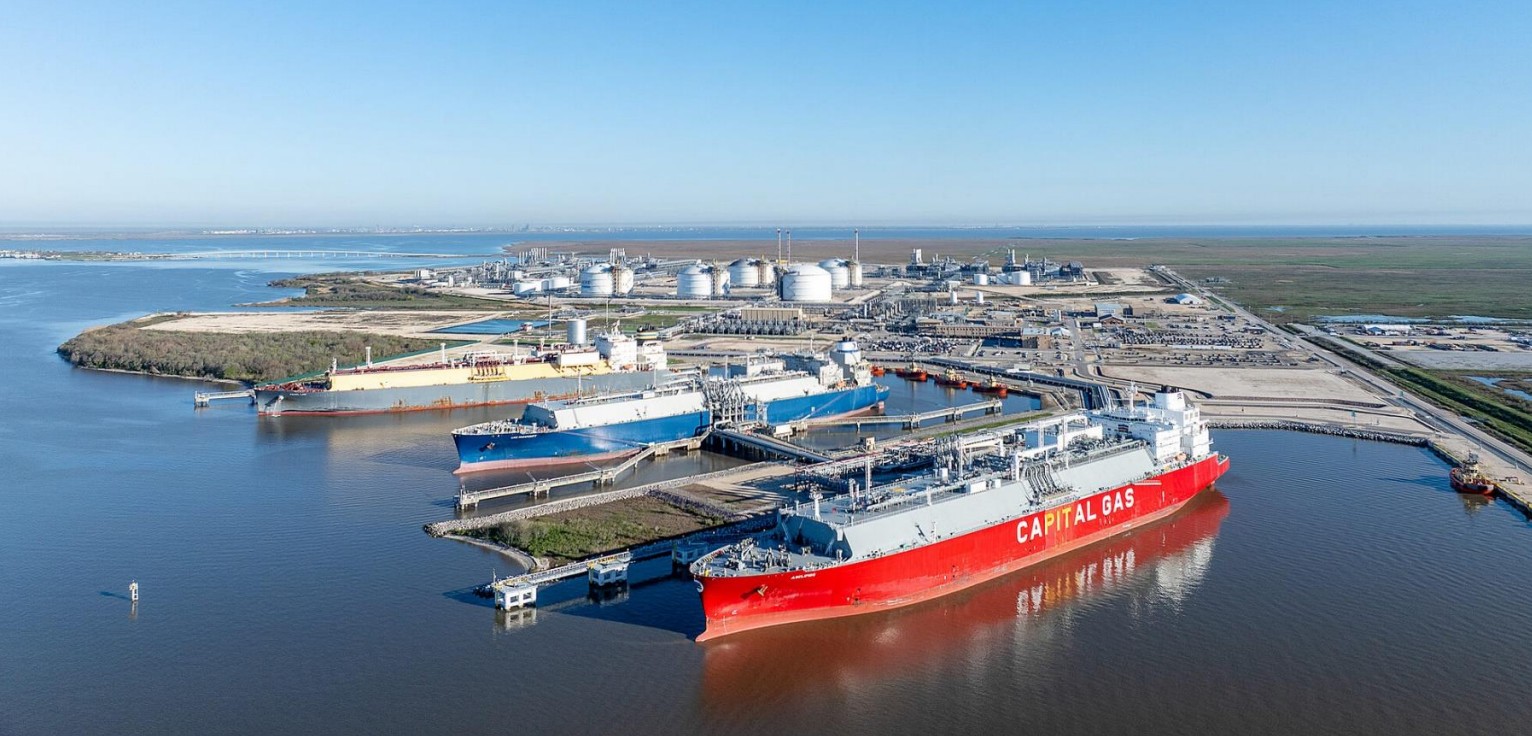This story requires a subscription
This includes a single user license.
EIA said in its latest short-term energy outlook that US natural gas prices have been lower this year than the agency forecasted in previous STEOs earlier this year, with high volumes of natural gas put into storage so far this injection season (April–October).
“Although we expect natural gas prices to be generally lower than we were forecasting a few months ago, we still expect prices to rise from current levels, driven by tighter market balances,” EIA said.
The Henry Hub spot price averaged almost $3.20/MMBtu from April through July, $0.80/MMBtu below the April STEO forecast.
In EIA’s April STEO, the agency expected natural gas inventories in working gas storage to be 3 percent less than the five-year average at the end of the injection season on October 31.
EIA now expects it to be about 2 percent higher than the five-year average.
“Our higher end-of-season storage forecast is largely the result of more natural gas production and fewer LNG exports than we had expected in April, with maintenance at multiple terminals extending over the second quarter,” the agency said.
Because EIA expects more natural gas will be in storage in the coming months, the agency forecasts prices will be lower.
The Henry Hub price in this STEO averages around $3.60/MMBtu in the second half of 2025 and $4.30 in 2026, which is 21 percent and 6 percent lower than EIA forecast in April, respectively.
However, monthly forward price curves continue to reflect expectations of gradually increasing prices through the end of 2026, according to the agency.
“April has the lowest monthly average price in our 2026 forecast at around $3.60/MMBtu. We expect prices will rise from there, reaching more than $5.40/MMBtu in December,” EIA said.
LNG exports to grow around 2 Bcf/d
Although EIA’s storage forecast is higher than it was in April, the agency still expects natural gas inventories to fall closer to the five-year average in the coming months, putting upward pressure on prices.
After growing by more than 1 billion cubic feet per day (Bcf/d) from 1Q25 to 2Q25, dry natural gas production will fall by a similar amount over the next year.
At the same time, EIA expects that LNG exports will grow around 2 Bcf/d, further tightening supply-demand balances and contributing to higher prices later in the forecast period.
Moreover, EIA said it expects marketed natural gas production will be generally unchanged next year, even though its expects falling oil prices will reduce production of associated natural gas, particularly in the Permian Basin.
“However, production declines will be muted as producers strategically position themselves to meet rising demand from several LNG projects that are set to enter service in late 2025 and 2026,” EIA said.
Golden Pass and Plaquemines
EIA forecasts marketed annual natural gas production to remain flat in 2026 compared with 2025, when increased non-associated gas production from the Haynesville region (0.3 Bcf/d) and Appalachia (0.7 Bcf/d) offset declines Eagle Ford and relatively flat production in the Permian.
In the Haynesville region, EIA expects production to remain near current levels through early 2026, before rising in the second quarter in response to LNG-related demand.
The start of the Louisiana Energy Gateway pipeline, which is planned to enter service during this period, will support rising Haynesville output by improving takeaway capacity.
Additional export capacity from the new Golden Pass facility and Plaquemines LNG Phase 2 are also set to come online over the next two years, the agency noted.
The US is the world’s largest LNG exporter, and its liquefaction capacity continues to expand.
The terminals include Cheniere’s Sabine Pass and Corpus Christi terminals, Venture Global’s Calcasieu Pass and Plaquemines LNG facilities (still in commissioning), Sempra Infrastructure’s Cameron LNG terminal, the Freeport LNG facility, the Cove Point LNG facility, and the Elba Island terminal.

